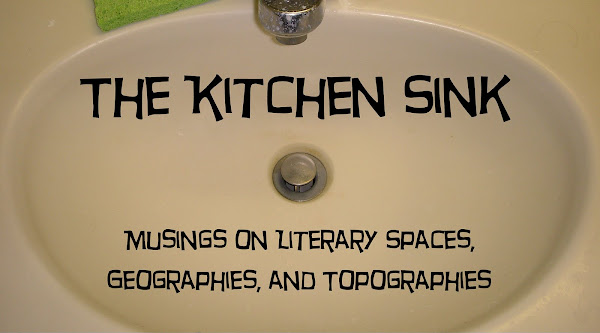
Though I read Acts III and IV of Lear before reading Turner's "King Lear Without: the Heath," I found that my train of thought while reading the heath scenes reflected quite accurately some of the sentiments Turner expresses in his essay. For instance, Turner explores the notion that Lear's Britain is textually vast and contains little sense of locality.
Could it be said that the heath is merely a plane of existence on which these characters have little other to do than ponder life? Lear's oddly sensible rants and the Fool's equally reasonable puns, not to mention Edgar's false insanity, seem to support this. Their contributions highlight aspects of the human condition from the many traits of female treachery to reflection on why people prize some objects as necessities more than others. The vagueness of the location also shows Shakespeare's focus on cognition over all: he offers no picture of the heath through the words of his characters, except in their accounts of the poor weather overhead. In this sense I am left with a mental image of a flat, grey plain dwarfed by gusts of wind, lightning bolts, and clouds. This locale is, in my opinion, the plain of the mind, where the playwright is free to take his characters on thoughtful journeys in between short bursts of plot-driven dialogue among Goneril, Regan, and Edmund. To that end the castle scenes are for movement, while the heath scenes are for reflection. This exchange is not unlike today's television dramas, which have a strict script formula that switches between periods for action and periods for thought on said action. The heath is simply a physical plane of the mind where Lear and company ponder the consequences of what went on in their castles.
.jpg)
No comments:
Post a Comment